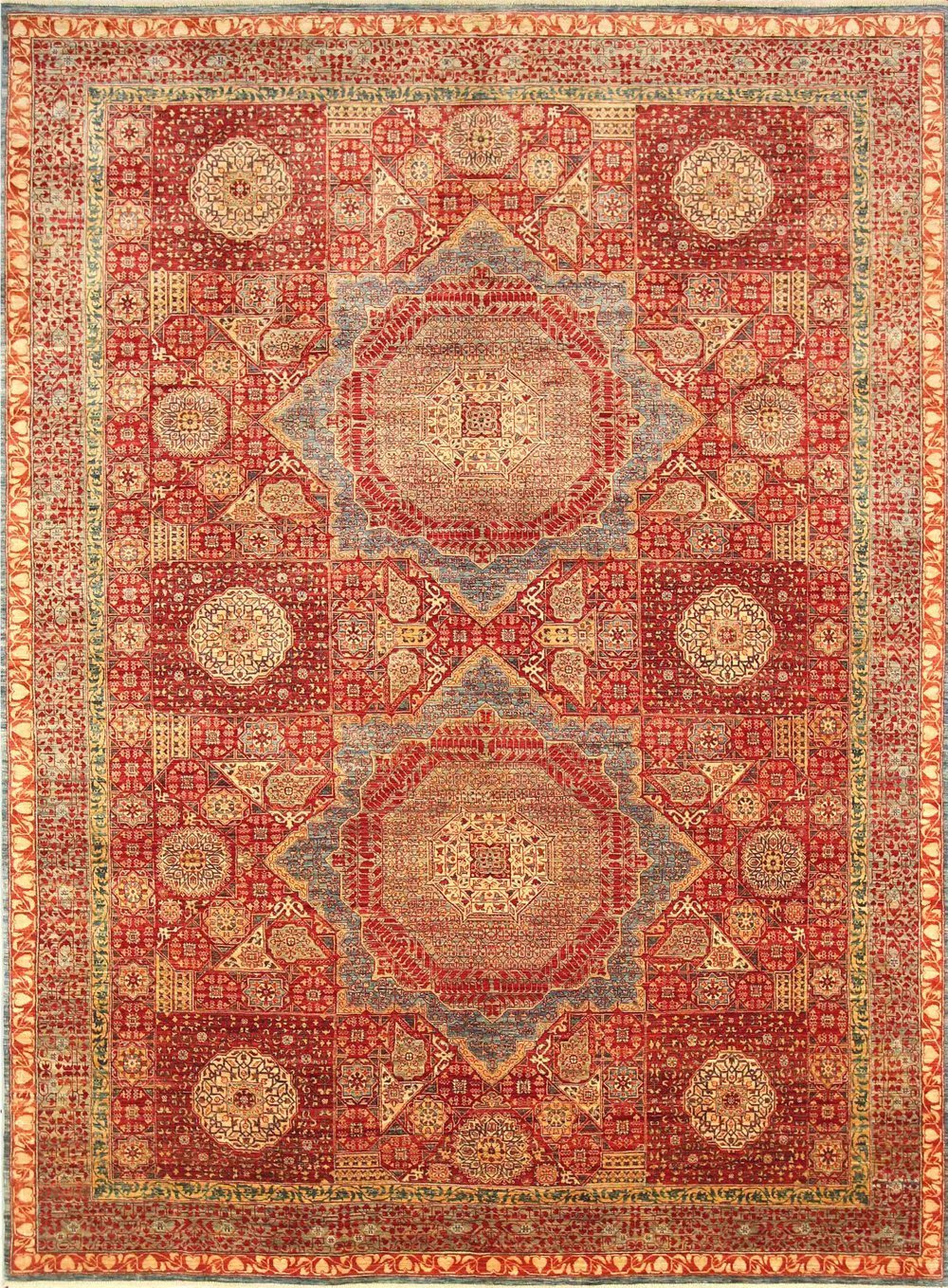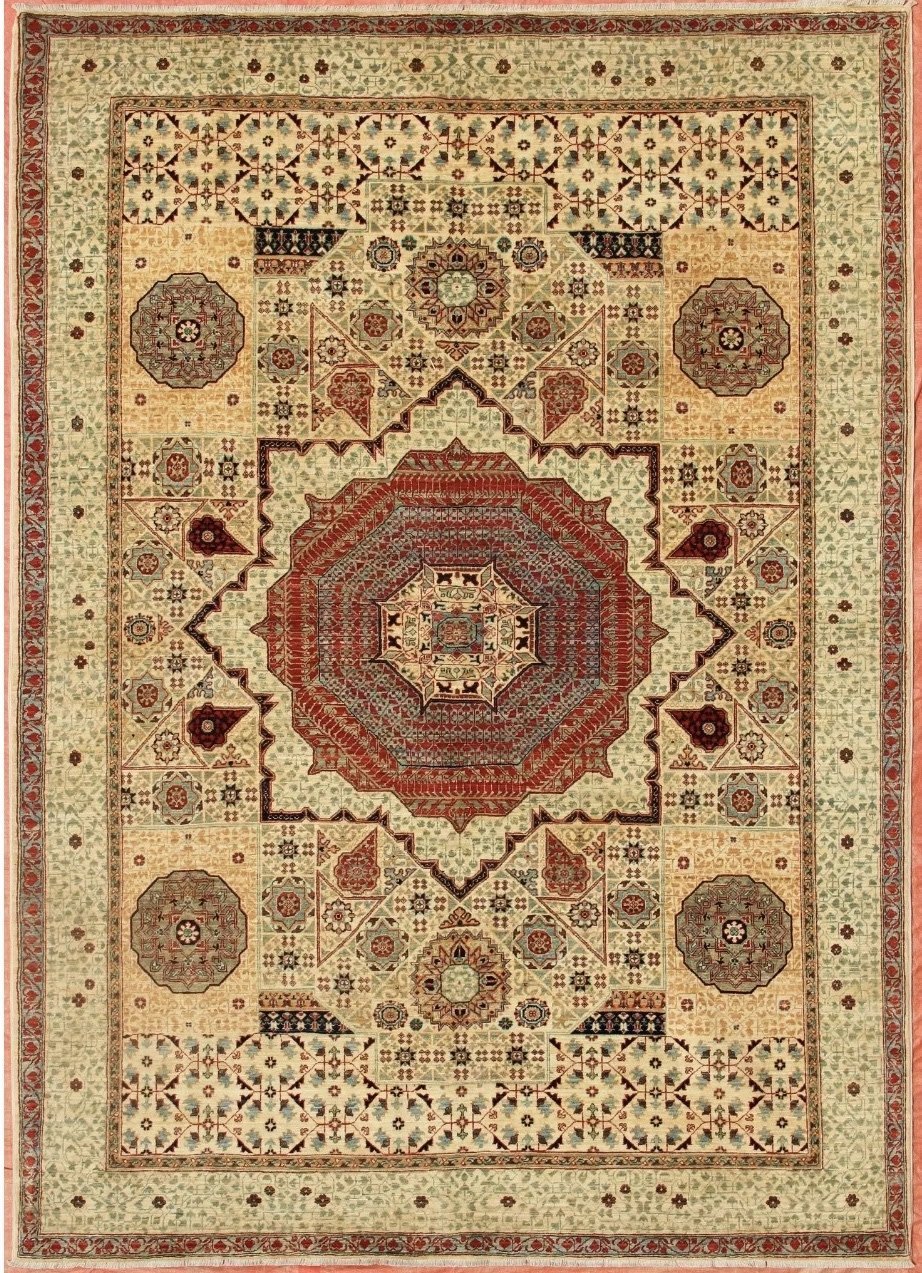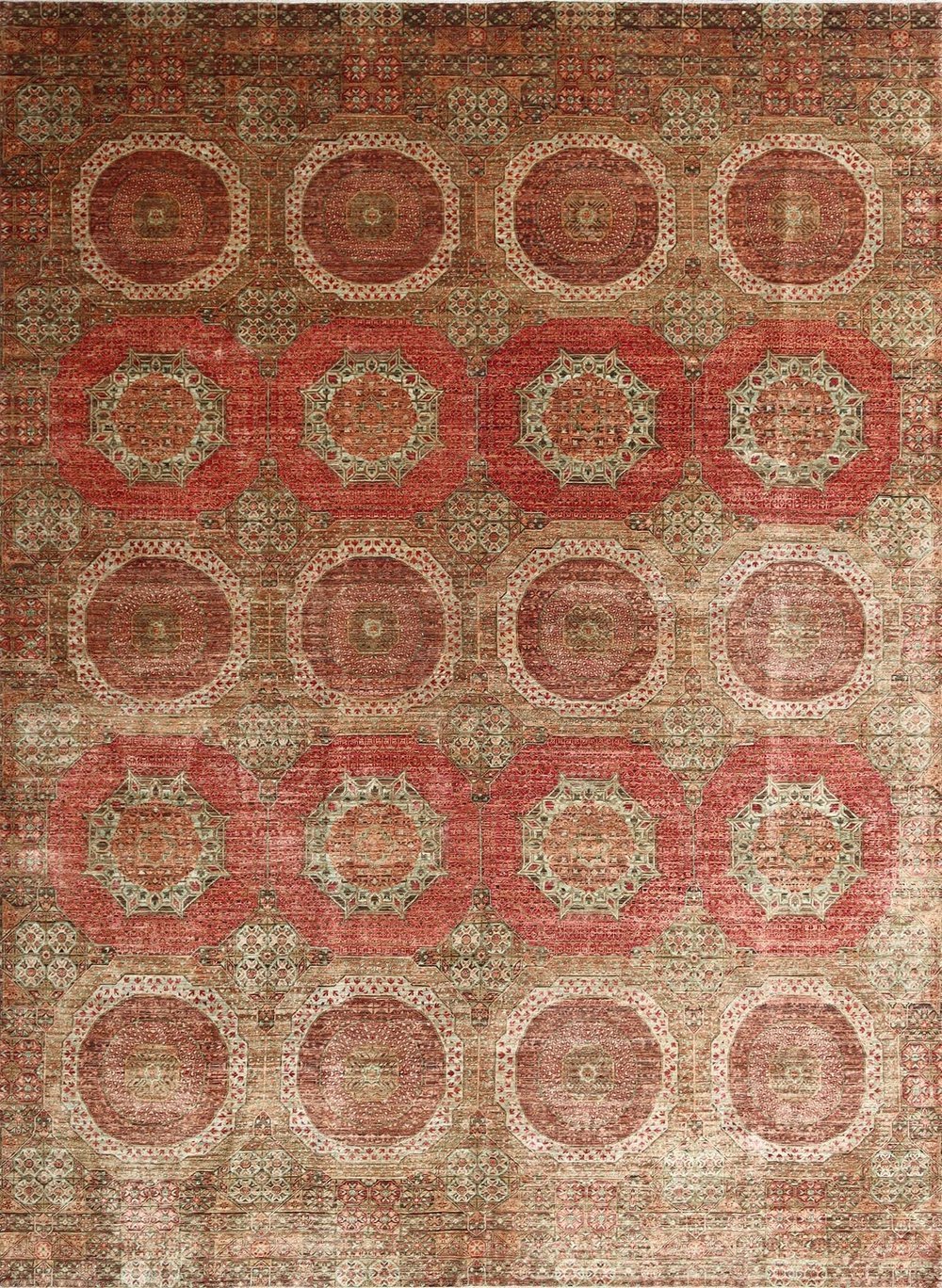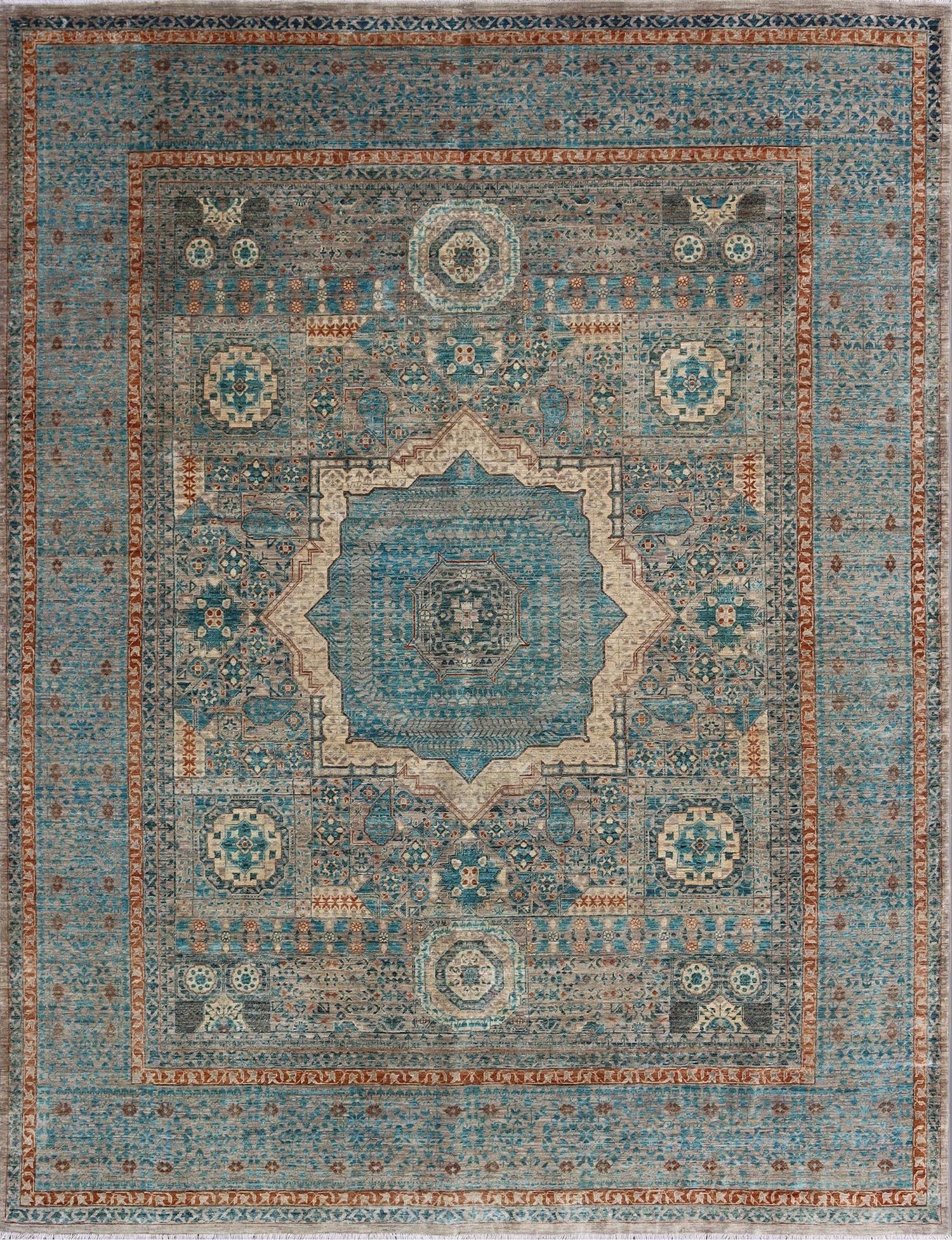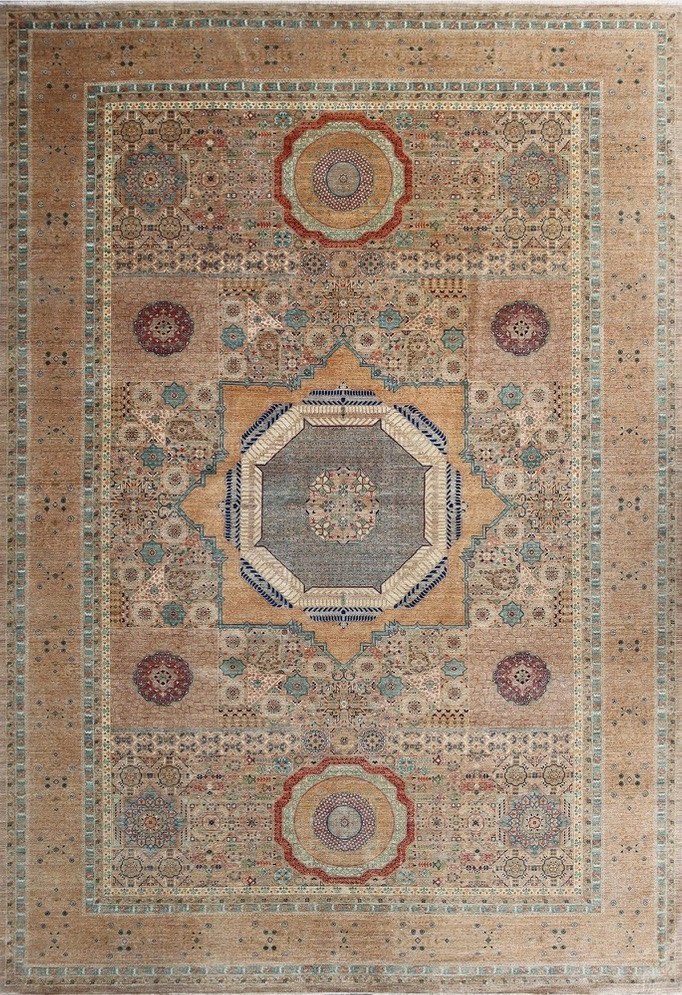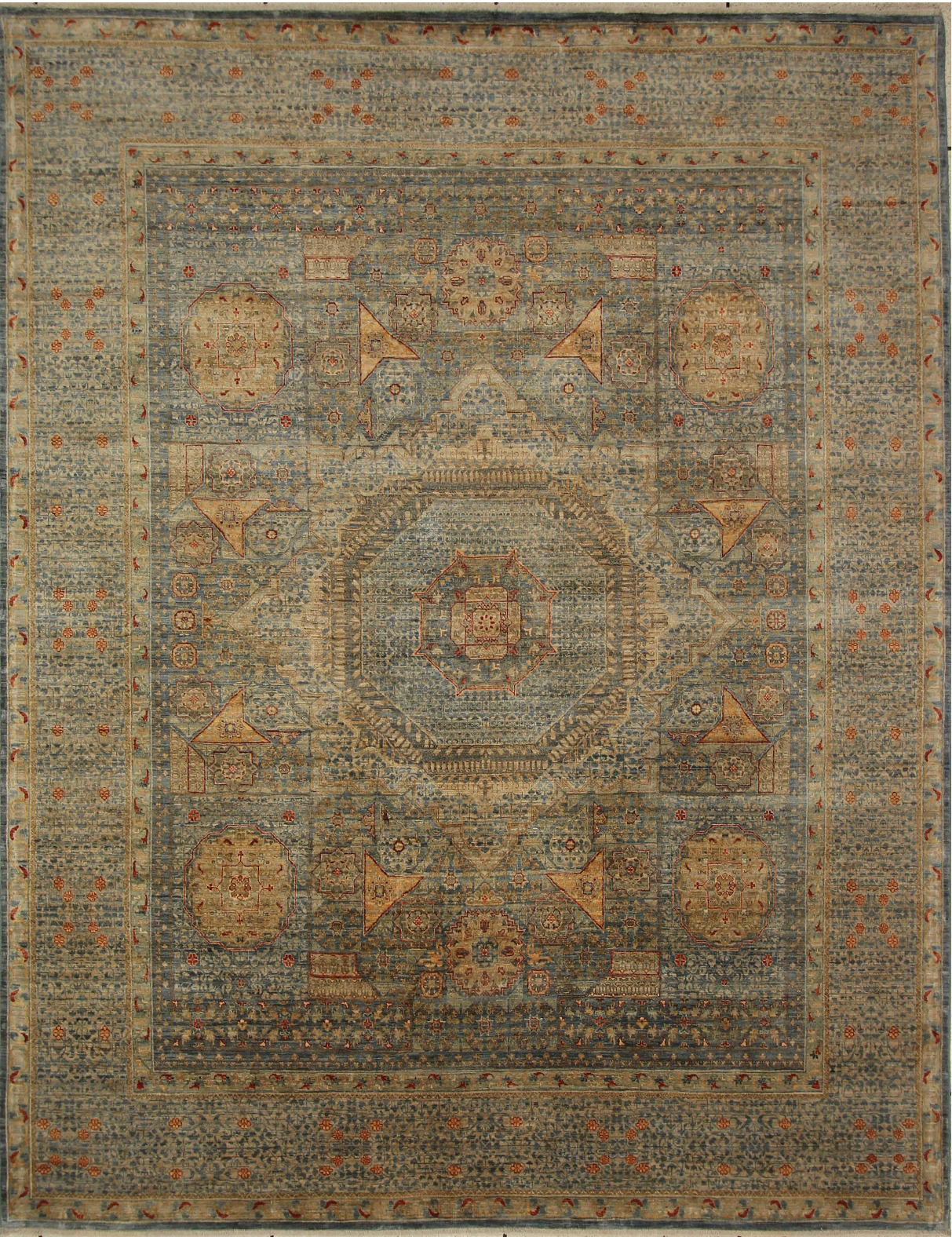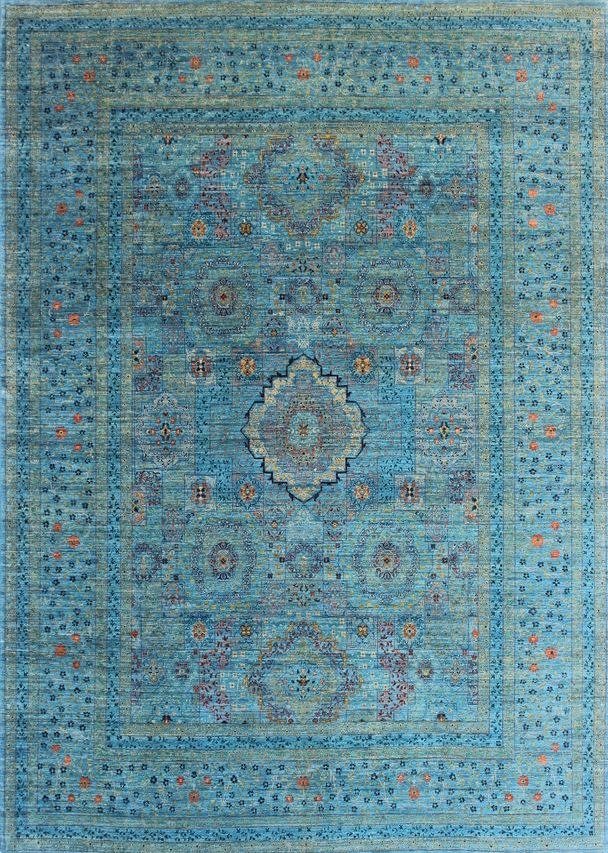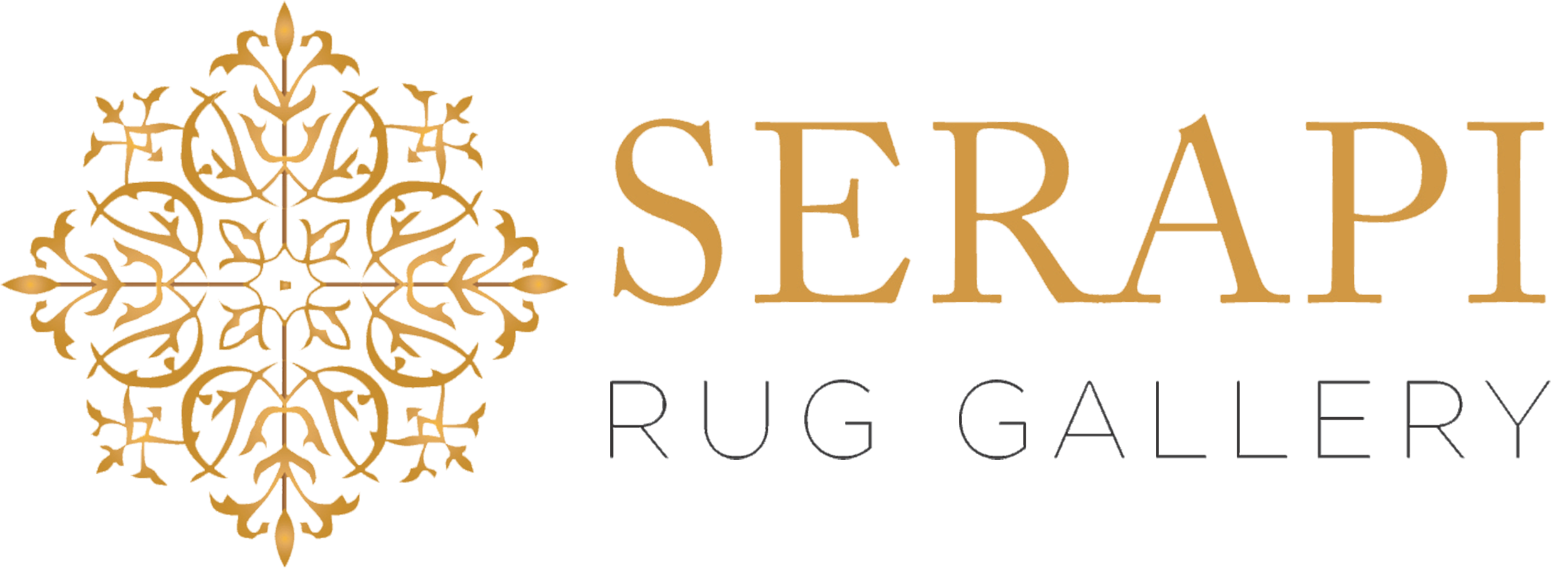Mamluk Carpet History
Mamluk Rugs
As of one of the greatest empires in the history of the world, the Mamluks held vast territories, spreading their cultural influences throughout the land that they ruled. Eventually overthrown by the Ottoman Empire, their cultural and artistic influences can still be seen in carpets throughout the region today.
Who Were the Mamluks?
Ruling from 1250 to 1517 Mamluk dynasty is classified into two periods. The first period lasted from 1250 to 1381, and the latter from 1382 to 1517. Mamluks were not native Egyptians but were slave soldiers consisting mainly of Qipchak Turks. The word Mamluk translates into “owned”!
These soldiers were not able pass their property or titles to their sons, and these heirs were denied the opportunity to serve in the Mamluk military. This meant that to replenish the military, they continuously had to look to outside sources. Originally from the Caucasus, the Bahri from southern Russia, Syrians, these Mamluk soldiers had been taken from their families around age 13 and were taken into military service for the Mamluk Sultanate. Unsurprising, the art from the area also shows many different cultural influences, as the people brought their traditions and design influences with them.
A significant clue we have to Mamluk carpet designs is their representation in Venetian paintings where they began to appear in the 16th century. These paintings depict Mamluk carpets which are characterized by a central medallion design that is surrounded by smaller motifs. The smaller geomteric motifs make the carpet appear as a kaleidoscope.
“Text from Nazmiyal”
Mamluk Rugs
The Mamluk carpets of the previous centuries have inspired skilled artisans to create magnificent works best of which is from the cottage industry in northern villages of Afghanistan. Widely made by very skilled women weavers working from home, these exquisite pieces bring to life the majestic beauty of the original Mamluk carpets.
Examples of some of our current Mamluk rugs
